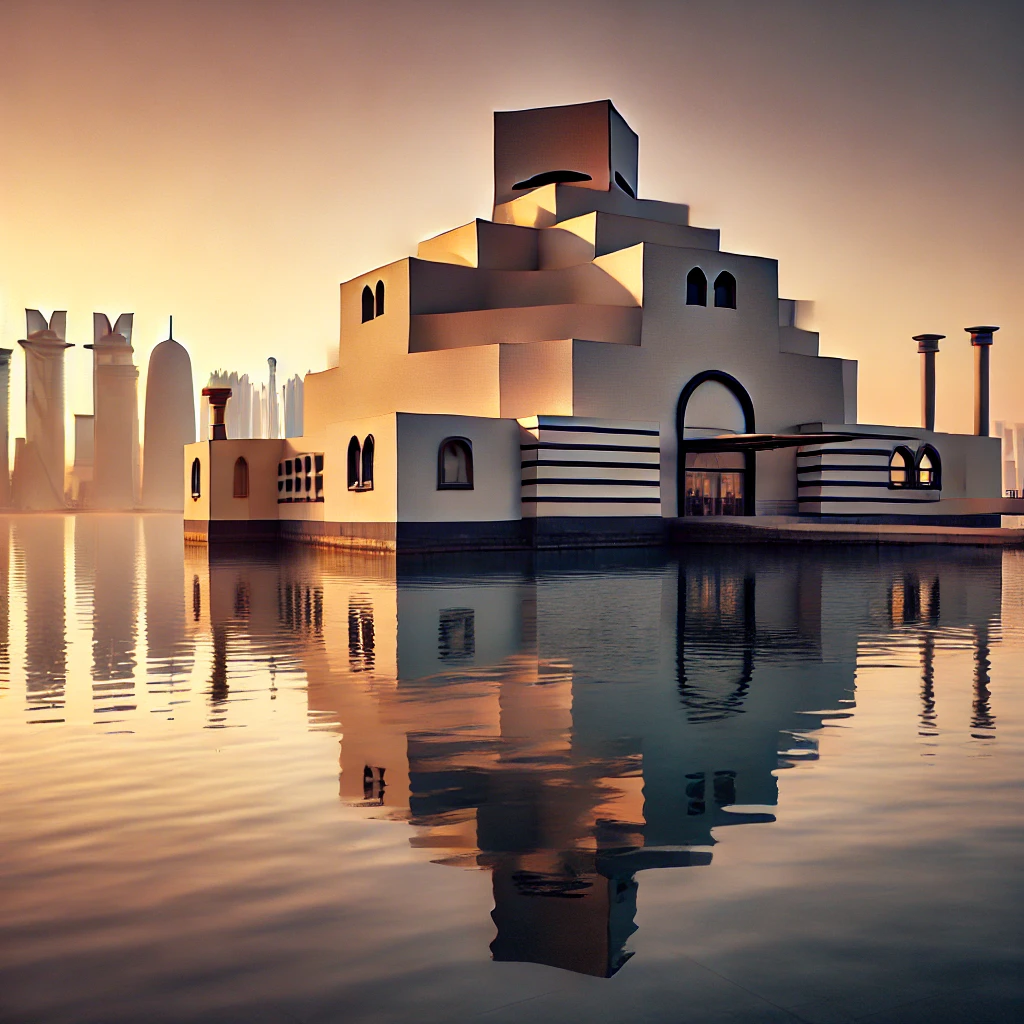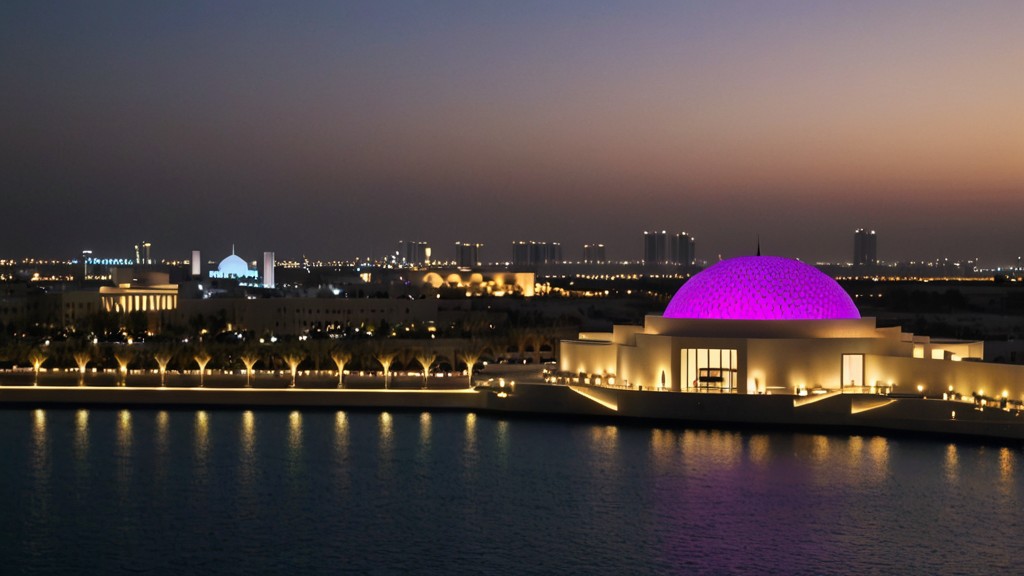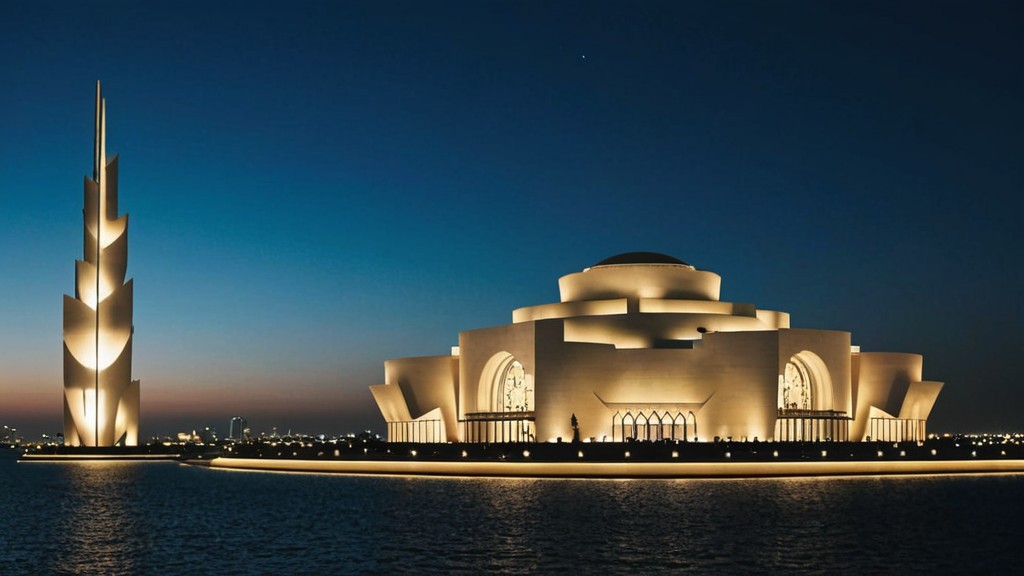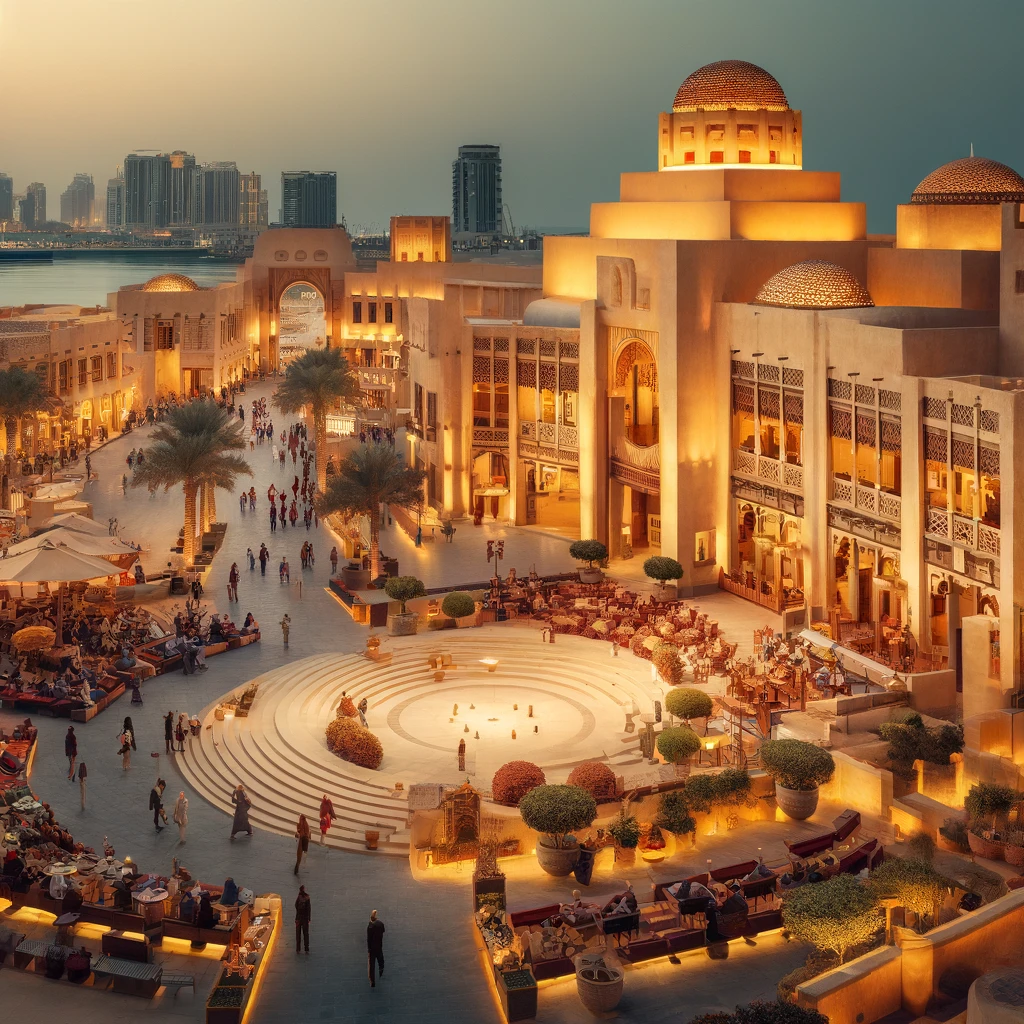Qatar

Over the past few decades, Qatar has undergone a remarkable transformation, establishing itself as a leading cultural hub in the Middle East. With a focus on preserving its rich heritage while embracing modernity, the nation has invested heavily in museums, art galleries, and cultural initiatives. This article explores three iconic landmarks that epitomize Qatar's cultural renaissance: the Museum of Islamic Art, the National Museum of Qatar, and the Katara Cultural Village.
Museum of Islamic Art: A Global Treasure Trove
The Museum of Islamic Art (MIA) is a masterpiece of modern architecture and a treasure trove of Islamic history. Situated on its own island along the Doha Corniche, the museum’s striking geometric design, crafted by architect I. M. Pei, is inspired by Islamic art and traditional elements.
Inside, the museum houses an extensive collection spanning over 1,400 years of Islamic history, featuring artifacts from countries including Spain, India, and Iran. Visitors can marvel at intricately designed ceramics, ancient manuscripts, textiles, and precious metalwork. Each exhibit highlights the shared heritage and diversity of the Islamic world.
The MIA’s library is a must-visit for researchers and history enthusiasts, offering a wealth of resources on Islamic art and culture. Additionally, the museum frequently hosts workshops, lectures, and temporary exhibitions, making it a dynamic center for learning and cultural exchange.
Plan your visit and explore more about the MIA on its official website.
National Museum of Qatar: A Story of Heritage and Identity
The National Museum of Qatar (NMoQ) is a celebration of Qatar’s past, present, and future. Designed by the acclaimed architect Jean Nouvel, the museum's exterior resembles a desert rose—a natural crystal formation found in arid regions. This architectural marvel is as much a piece of art as the treasures it houses.
The museum’s exhibits are arranged in a chronological narrative, guiding visitors through Qatar's natural history, ancient traditions, and rapid modernization. Highlights include immersive displays of Bedouin life, pearl diving artifacts, and audiovisual presentations showcasing the nation’s development.
The NMoQ also places a strong emphasis on sustainability, reflecting Qatar’s commitment to preserving its environment. Its lush gardens, featuring native plants, offer a serene contrast to the futuristic design of the museum.
Discover the NMoQ’s latest exhibitions and initiatives on its website.

Katara Cultural Village: A Hub of Creativity
The Katara Cultural Village, located between West Bay and The Pearl-Qatar, is a vibrant space dedicated to arts, culture, and community. Named after the ancient name of Qatar, Katara embodies the country's vision of blending tradition with innovation.
Katara is home to an amphitheater, art galleries, and a mosque adorned with intricate blue tiles. The village frequently hosts events ranging from film festivals and art exhibitions to music concerts and literary discussions. Its bustling atmosphere attracts locals and tourists alike, offering something for everyone.
One of Katara’s standout features is its open-air spaces, where visitors can enjoy the sea breeze and explore traditional Qatari architecture. Culinary enthusiasts will also appreciate the wide array of restaurants serving local and international cuisine.
Stay updated on events at Katara via their official page.
Qatar’s Journey Towards Cultural Excellence
Qatar’s commitment to fostering a global cultural dialogue is evident in its impressive investments in art and education. Initiatives such as the Qatar National Vision 2030 emphasize the importance of culture in national development. By establishing world-class institutions like the MIA, NMoQ, and Katara, Qatar has positioned itself as a beacon of creativity and knowledge in the region.
This cultural renaissance is not just about preserving heritage but also about nurturing contemporary art and innovation. The country’s dynamic art scene, bolstered by platforms like Mathaf: Arab Museum of Modern Art, further underscores its role as a cultural leader.
Planning Your Visit
Qatar’s cultural landmarks are accessible year-round, with the cooler months from October to April being ideal for exploration. Whether you're an art enthusiast, history buff, or simply curious about Qatari traditions, these attractions promise an enriching experience.
From the captivating architecture of the Museum of Islamic Art to the engaging narratives of the National Museum of Qatar and the vibrant community at Katara Cultural Village, Qatar offers a perfect blend of heritage and modernity. As you explore these iconic sites, you'll gain a deeper appreciation for the nation’s journey and its vision for the future.
Here are some external links that you can include in the article for further exploration:
- Museum of Islamic Art
- Official Website: Museum of Islamic Art Qatar
- Additional Reading: Islamic Art: History and Culture
- National Museum of Qatar
- Official Website: National Museum of Qatar
- Article: Jean Nouvel's Vision for the National Museum of Qatar
- Katara Cultural Village
- Official Website: Katara Cultural Village
- Events and Activities: Explore Katara
These links provide readers with additional insights into the cultural and historical significance of these landmarks while offering practical information for planning their visits. Let me know if you need more suggestions!

